|
What a pleasure to listen to Mr. Stevenson at the NAIS Annual Conference last week in San Francisco. I had been taking notes for all of the other general sessions I attended, but for Bryan Stevenson, about 6 minutes in I put my iPad away and just listened. Below is his TED talk that has nearly 3 million views. He is an excellent storyteller and beyond worthy of a listen and a watch any chance you get.
0 Comments
Hastily made in a hotel room in San Francisco. All tracks performed on an iPad.
This video (recorded with Apple's Quicktime) shows what it could look like for a student to open a pre-designed template from a shared folder on Explain Everything Discover, interact with it on his or her device, and then send it back to that same shared folder when finished. Last Tuesday I had the privilege of guest moderating #APSCHATS - a district-wide weekly Twitter chat on various topics around education. Here are the questions I asked: Q1: How do you define learning? One of the most interesting things, to me, was that despite most of the participants teaching in the same district, the responses to the questions around definitions of learning, meaningfulness, and assessment were as varied as they were rich. I do not see this as a bad thing, but rather a visible validation that all those who work in schools should understand that other people in the same district (or same school) may not articulate their thinking in the same way or even share the same belief systems. This understanding helps to better communicate better, work better together, and to serve learners better.
You can read the entire (reverse-chronological) transcript by clicking here. Reshan: I might let these expire into the netherworld. Unless you think I should hang on to them. The bass drives the rhythm of this track. I want to start doing more swing patterns.
In my original diagram about observed patterns of K-12 EE usage I suggested four variations. I have since updated the diagram to include an increasingly observed pattern for both students and teachers: work project templates. So this week, I will share an idea about how teachers can create simple activities for students to work with. Next week I'll model how a student might interact with such a template.
In the project below I model the creation of simple objects that can be used to teach pre-algebraic concepts similar to ways that pan-balance equations would be used to help students think abstractly about numbers. That is, using objects to represent unknown values, values that might change from equation to equation even when the same object is used. |
AuthorDr. Reshan Richards. Learn more here or contact me here or follow me here! Get the Blending Leadership Newsletter with 6 simple things to check out with each edition. Opt in here.
WatchTEDxNYED: About Assessment
Archives
October 2017
|
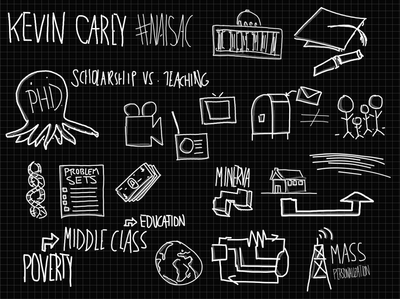
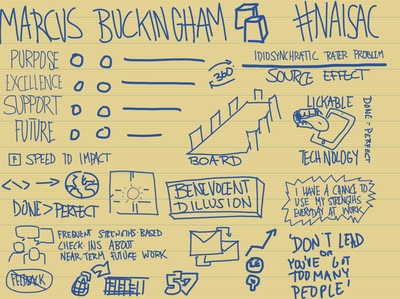
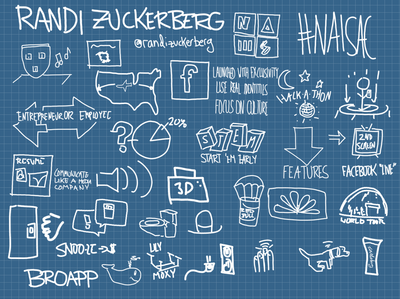
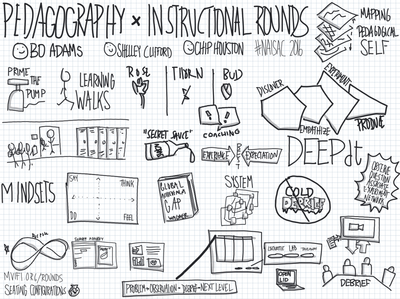
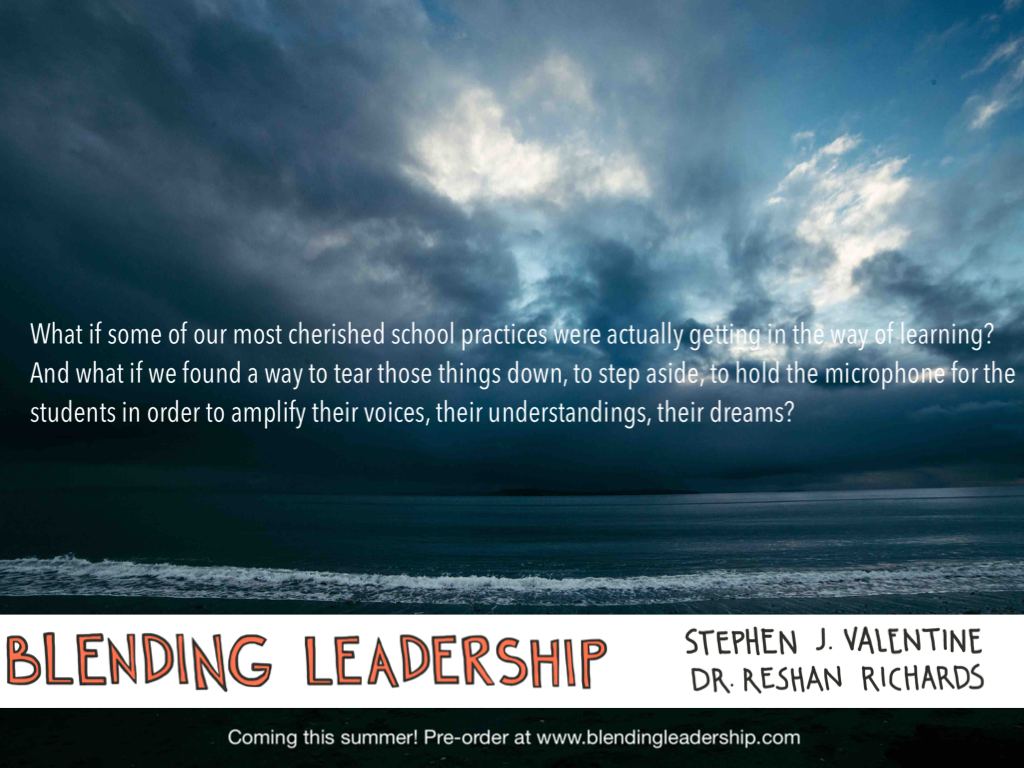
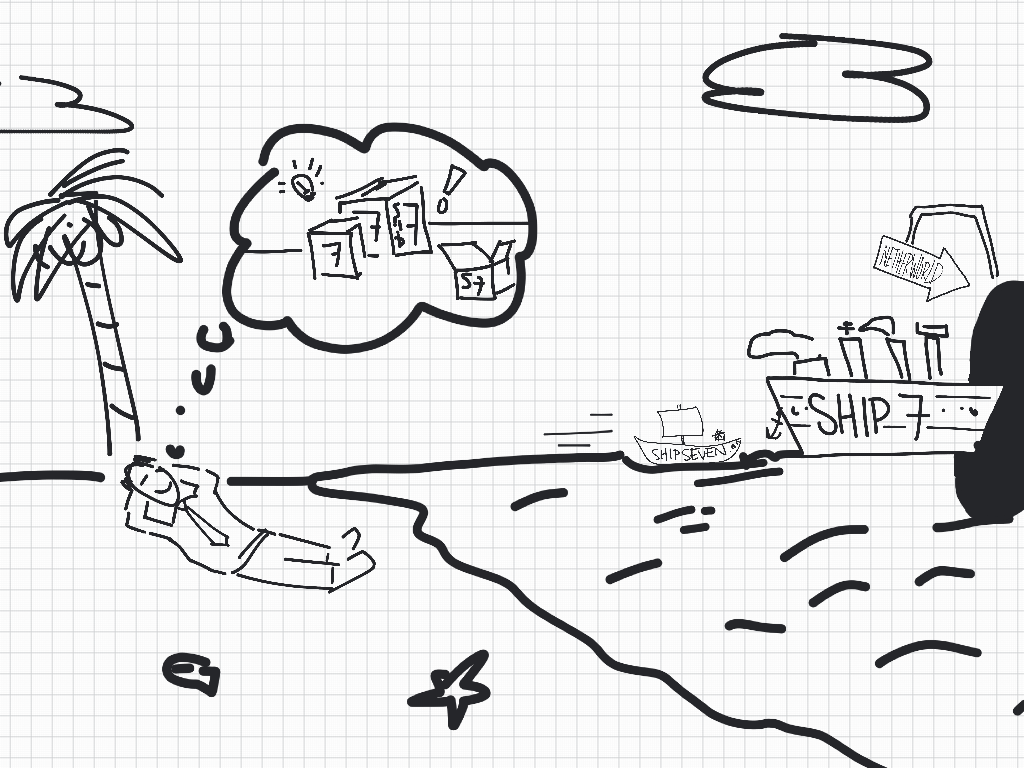
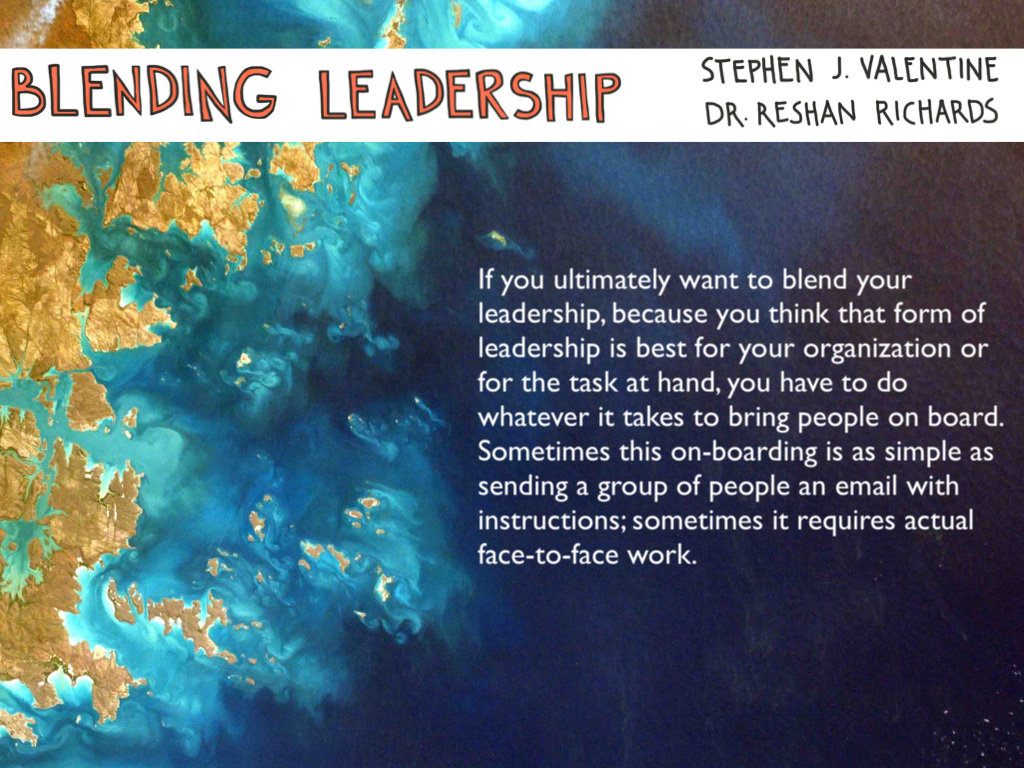
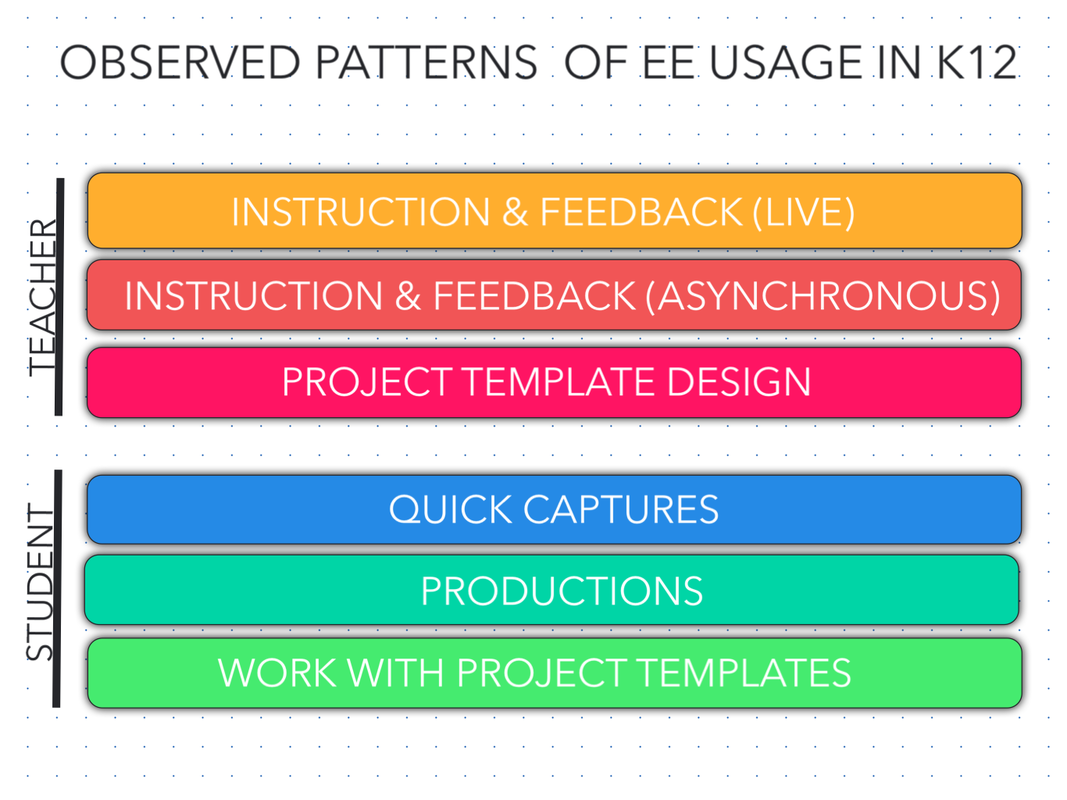
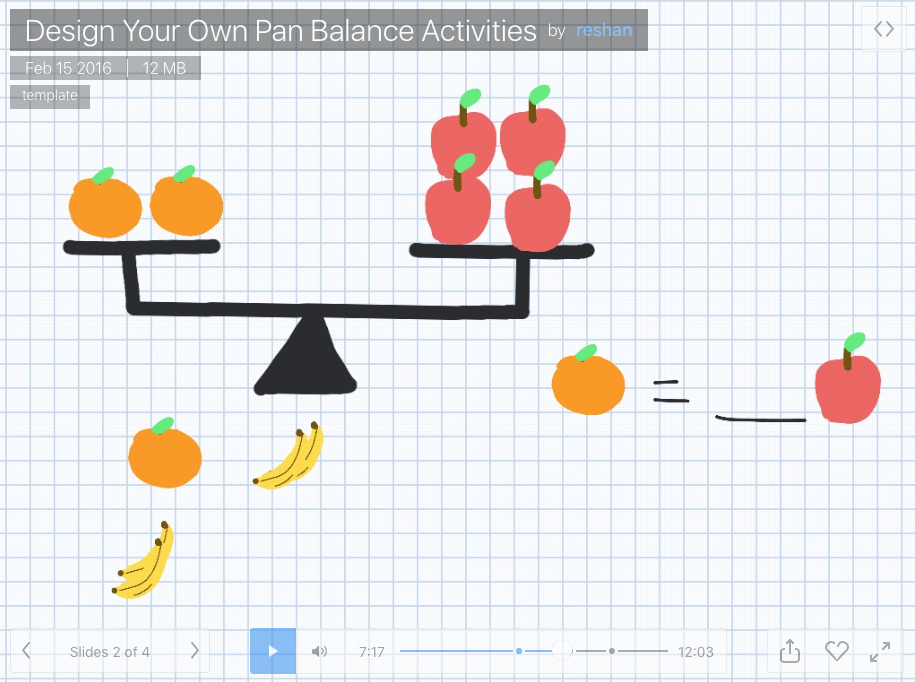
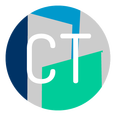
 RSS Feed
RSS Feed
